Richie, the buck, was advertised as a Kalahari Red goat, and I was a little interested in him then but did not pursue his purchase. He was bought by another person and although she tried to sell him, she did not and was moving so gave him to her neighbour. The neighbour gave him to me. As it turns out he is a red factor Boer goat and a very nicely put together buck.
Matti and Dori were not bred last year because they were not very strong. Over the summer, they thrived in the bush pasture and were fat and sleek in the fall, so I decided to put Richie to use.
The result, so far, is that Matti has twins, a buckling and doeling, and they are ever so cute. The little boy is very masculine, like his dad, but a light fawn red colour and his sister is very feminine and a redder colour more like her father. I was sort of hoping that one or both would have the moonspots, but they are so cute, it doesn't really matter. Matti has an excellent temperament and is easily handled. Richie was a bottle baby and as such, is friendly but can be pushy, not realizing that what he did to play as a baby is not the same as a 250 pound adult. I am hoping to train the doeling to milk, like her mother.
You should come over and play with the kids!

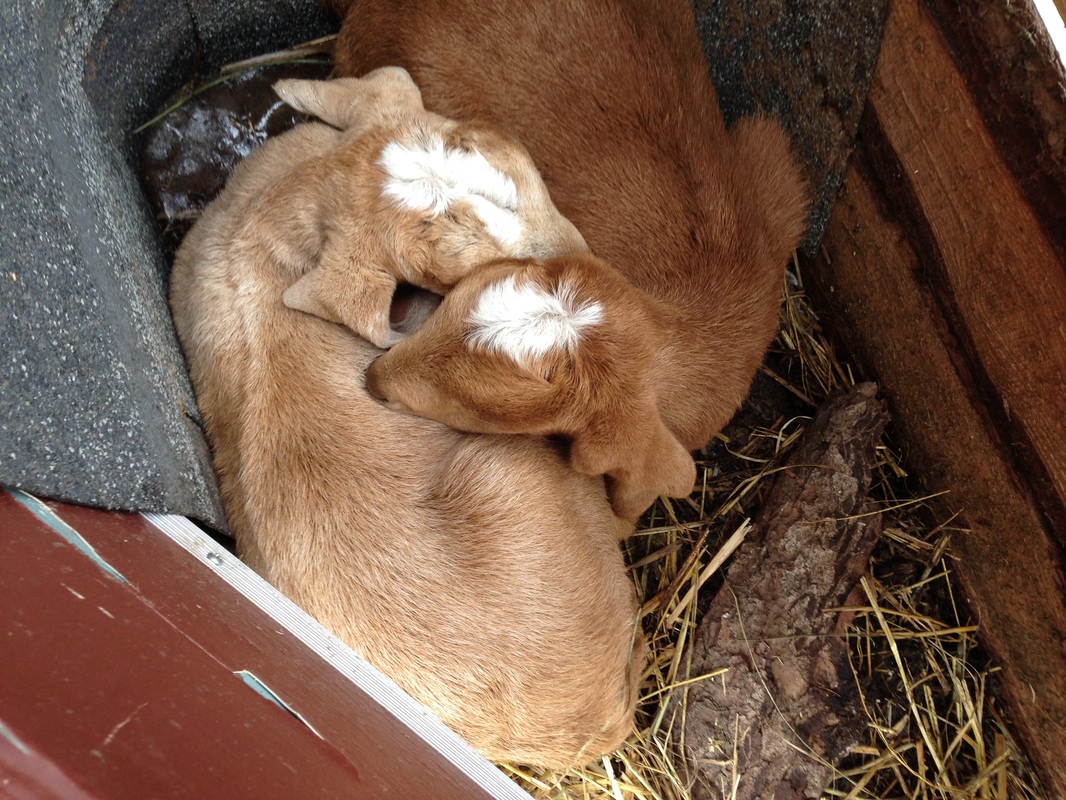
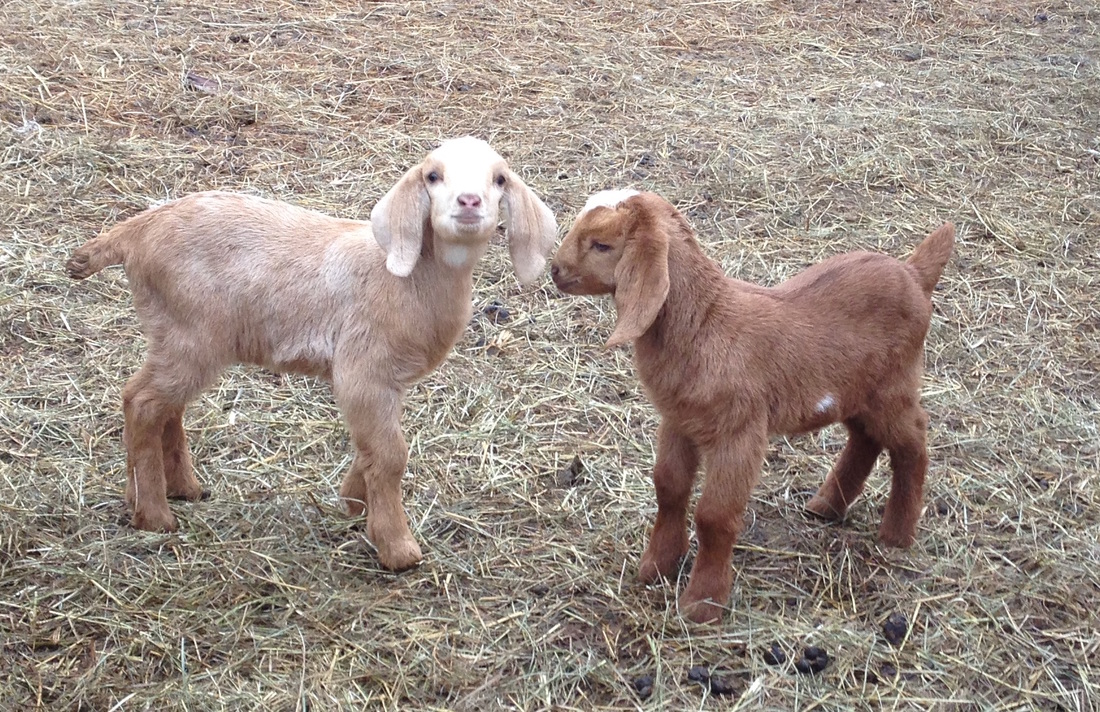
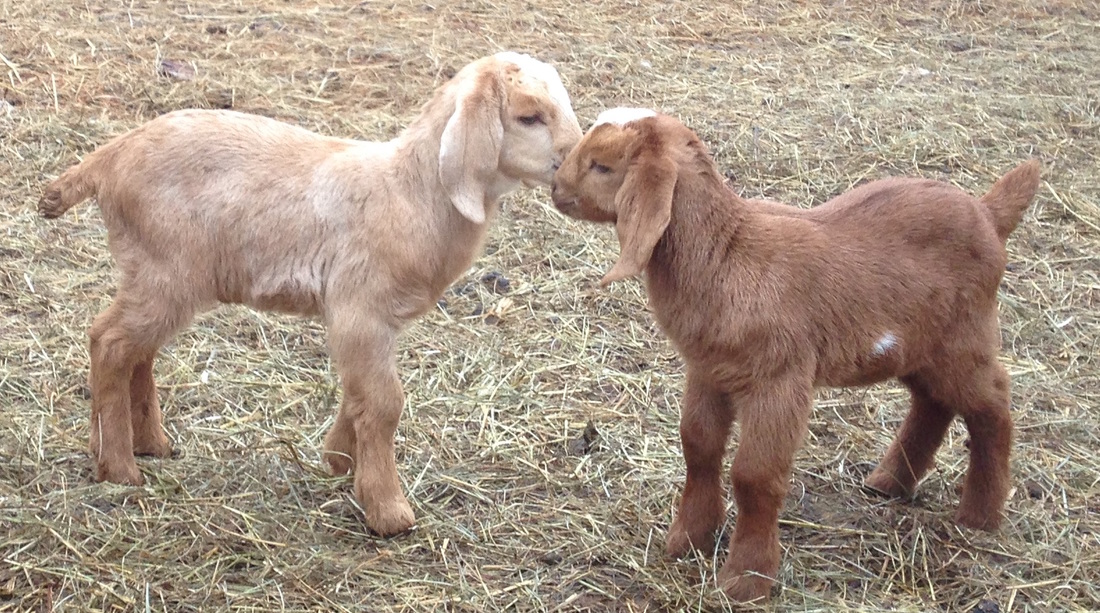
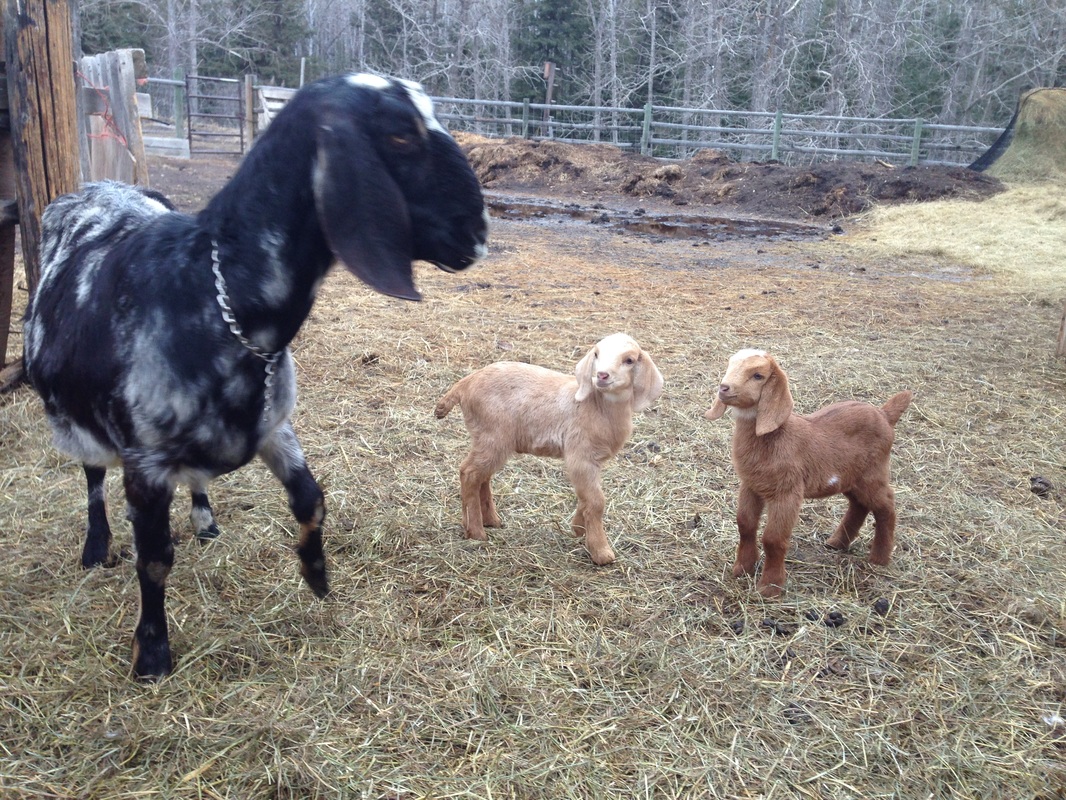
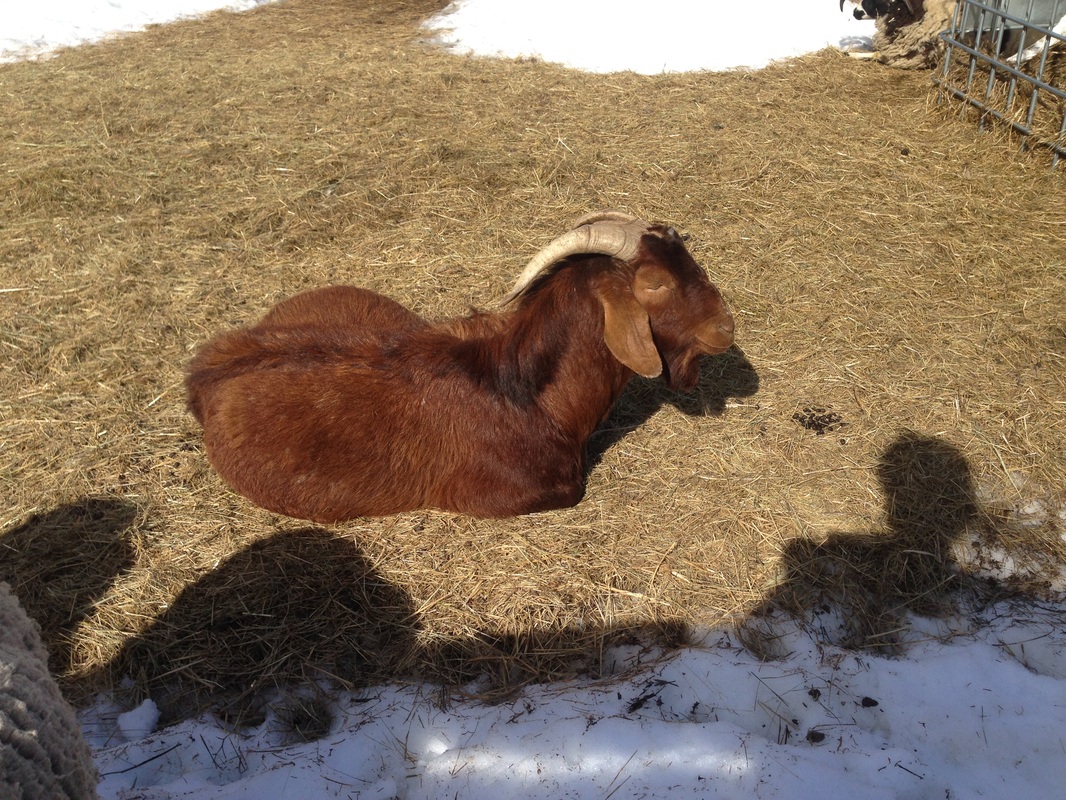
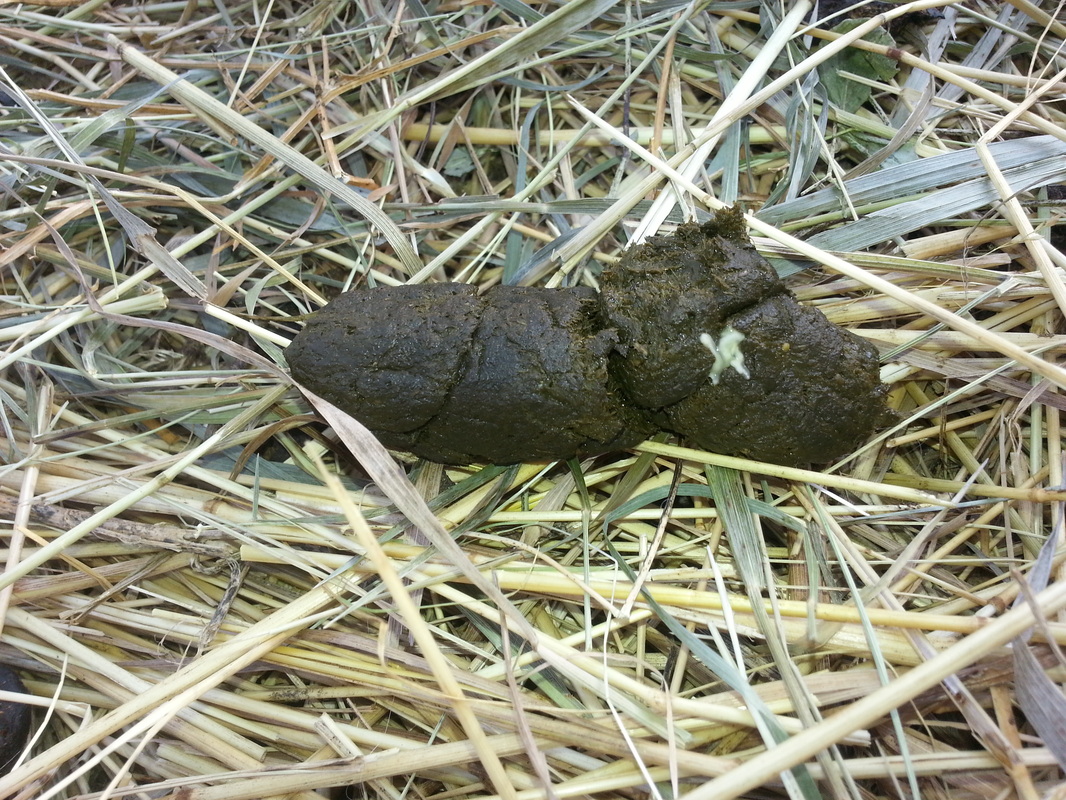
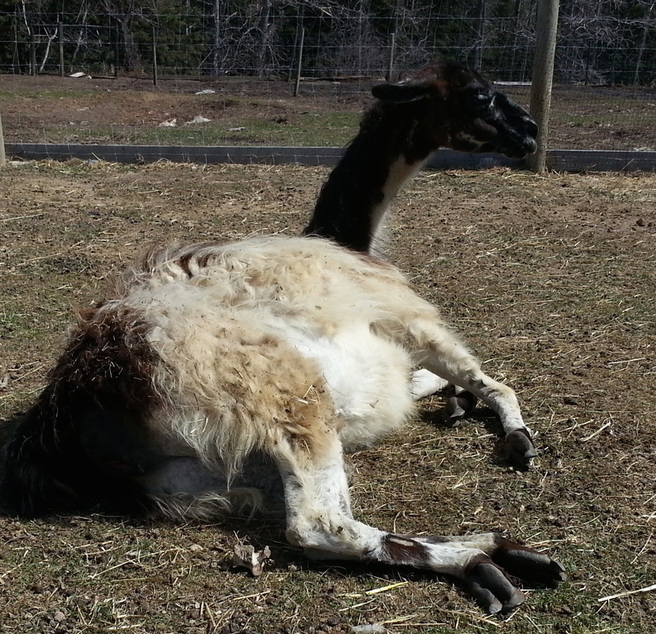
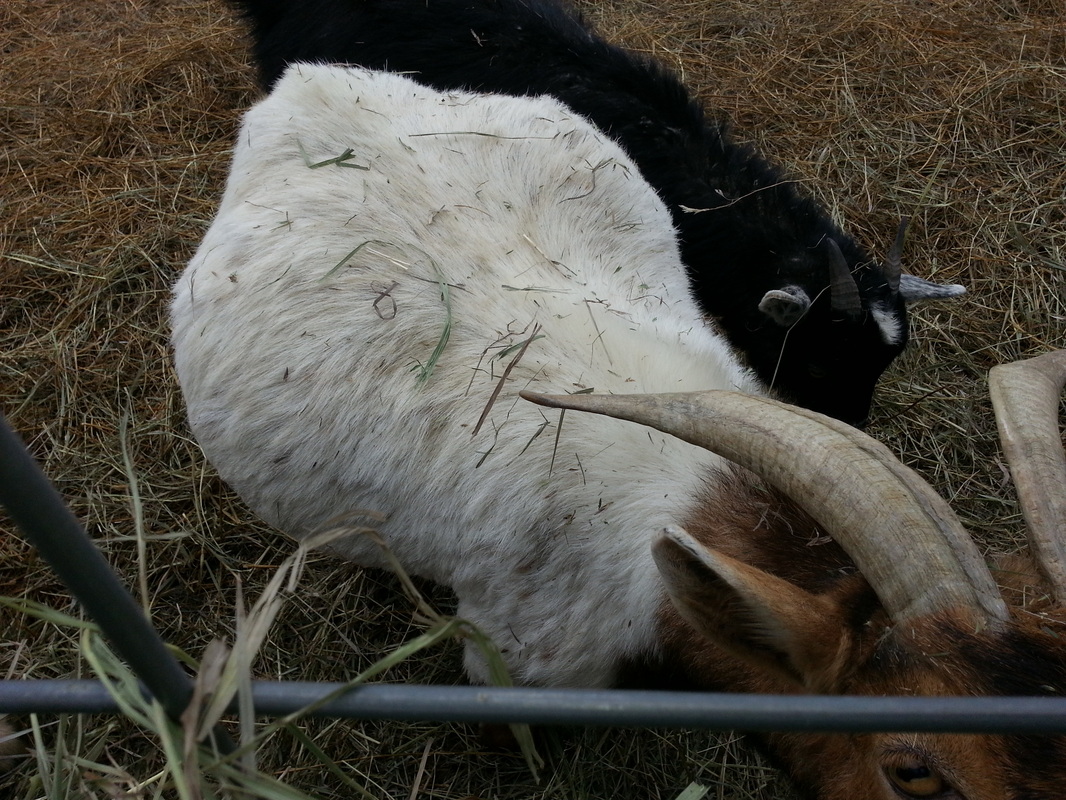
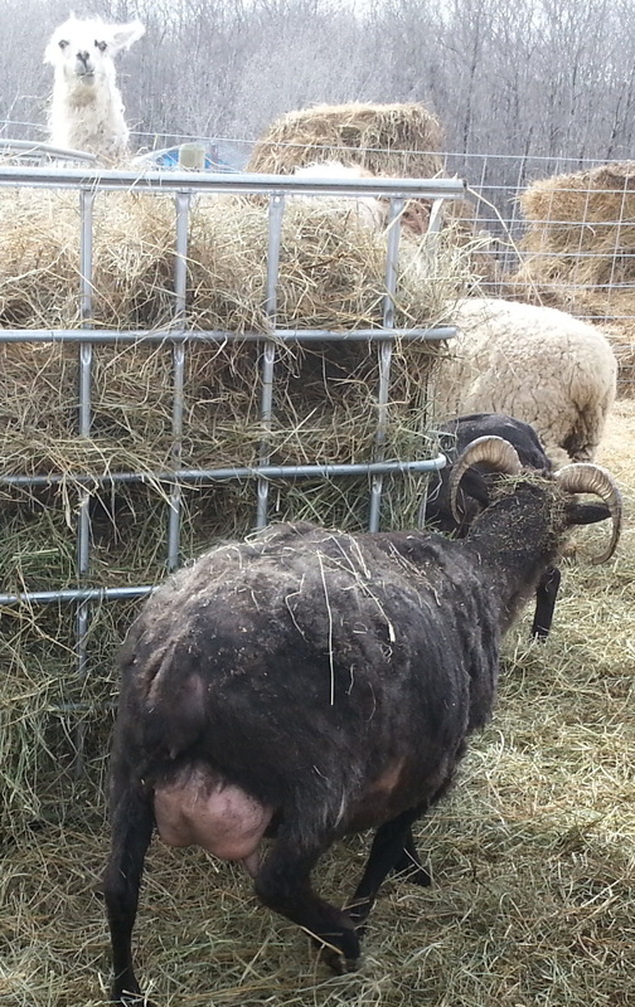
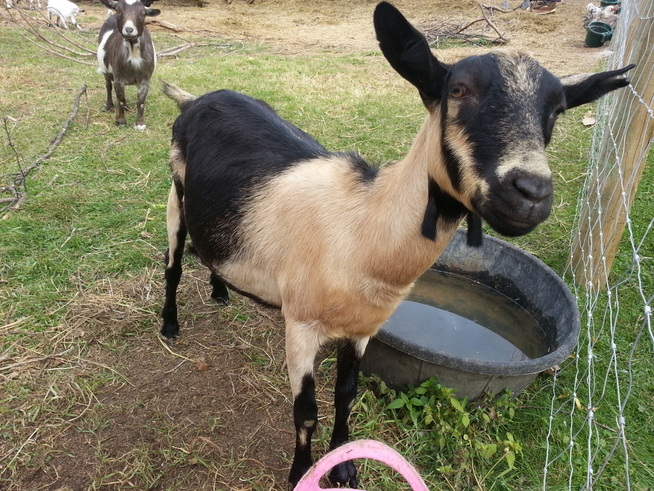
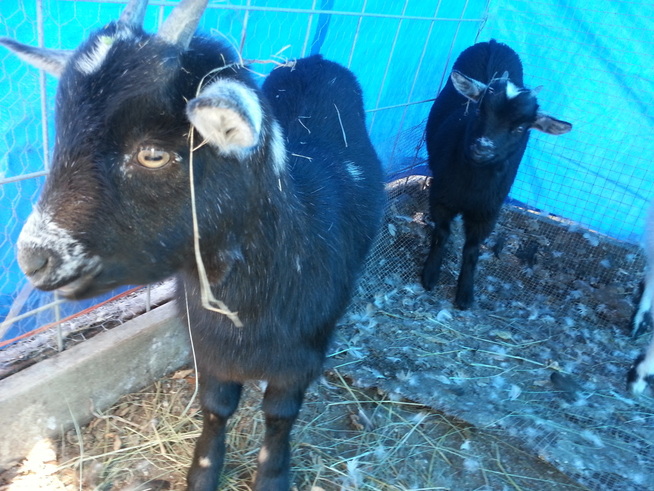
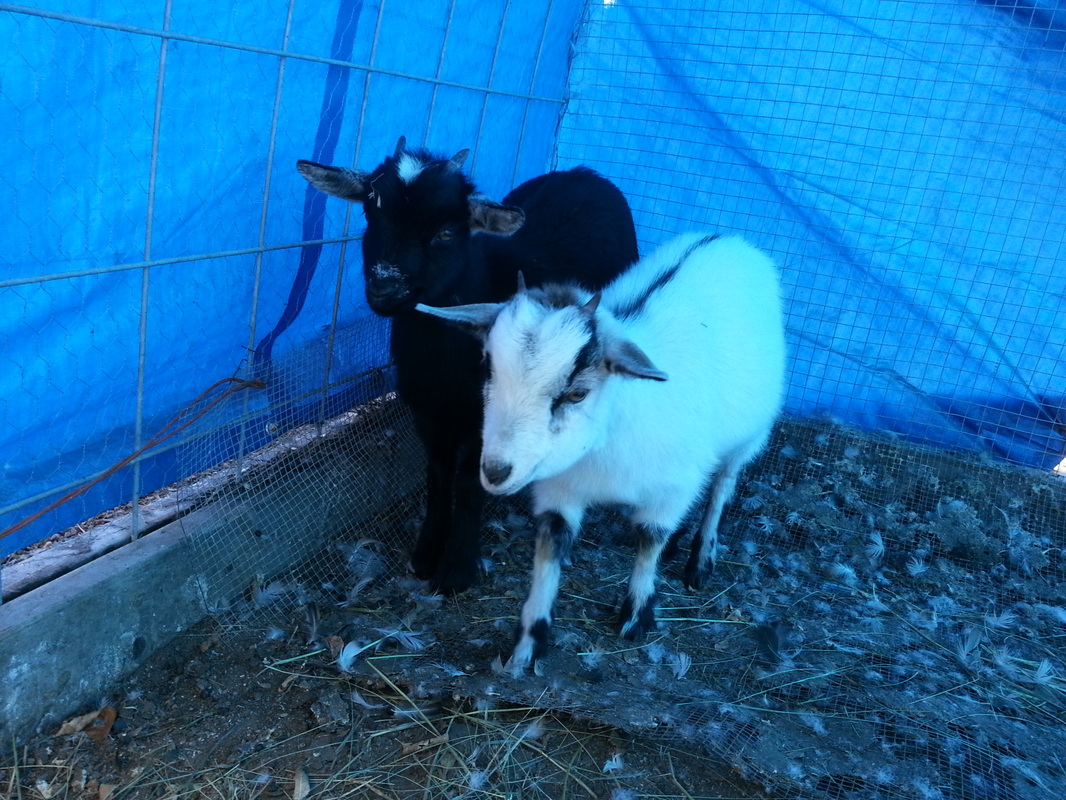
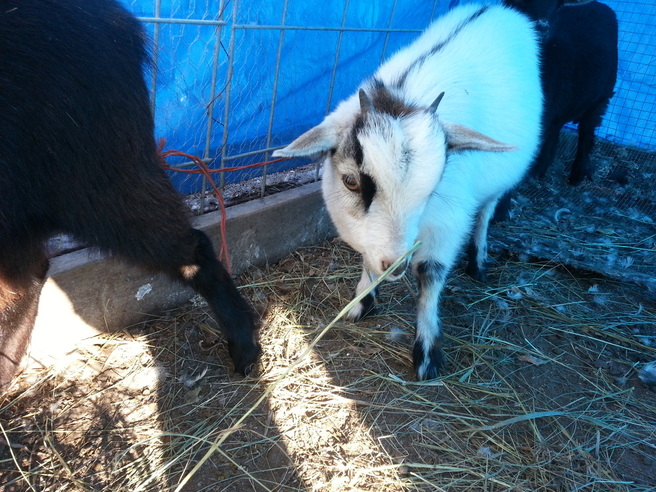
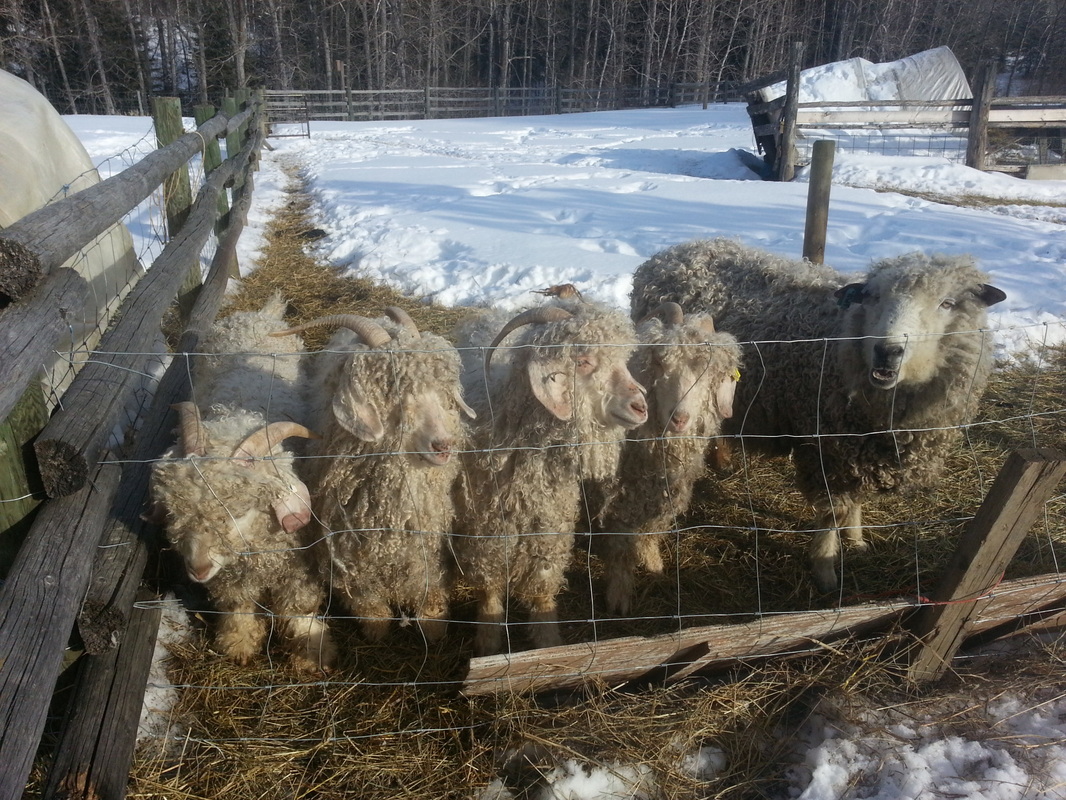
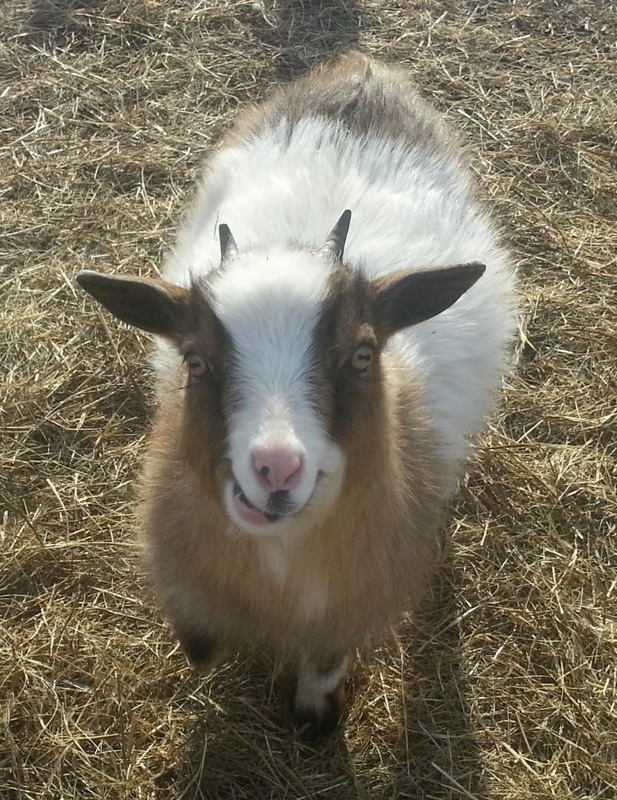
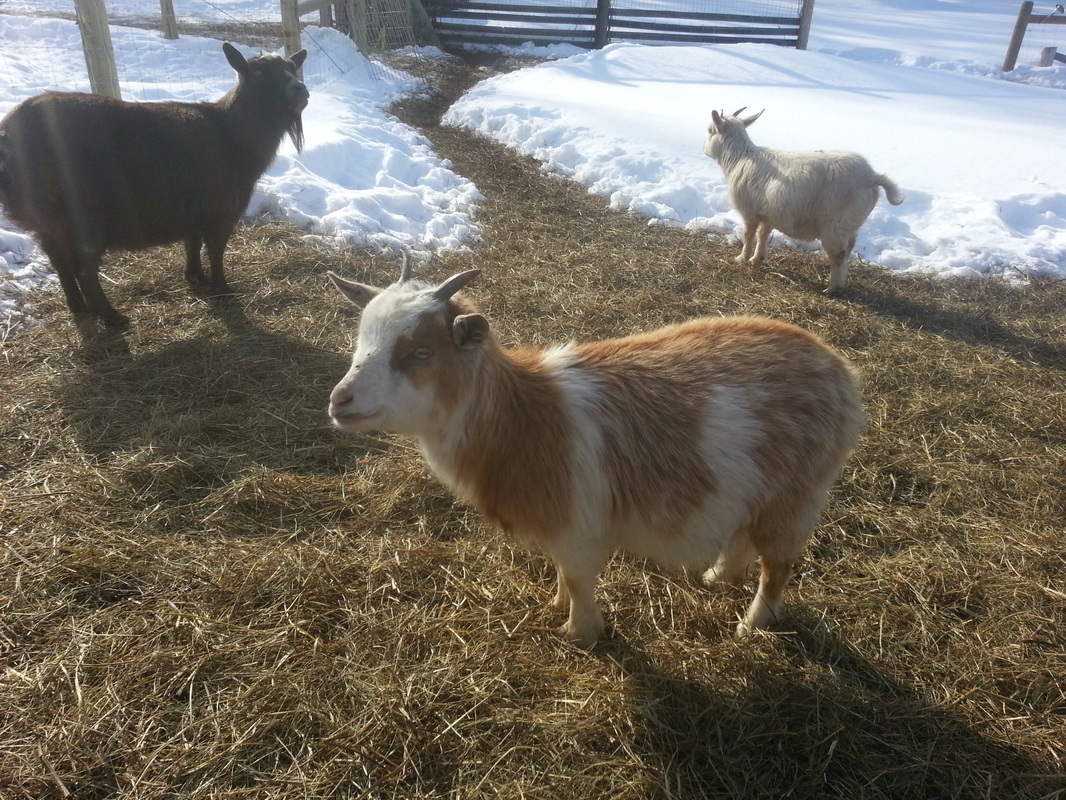
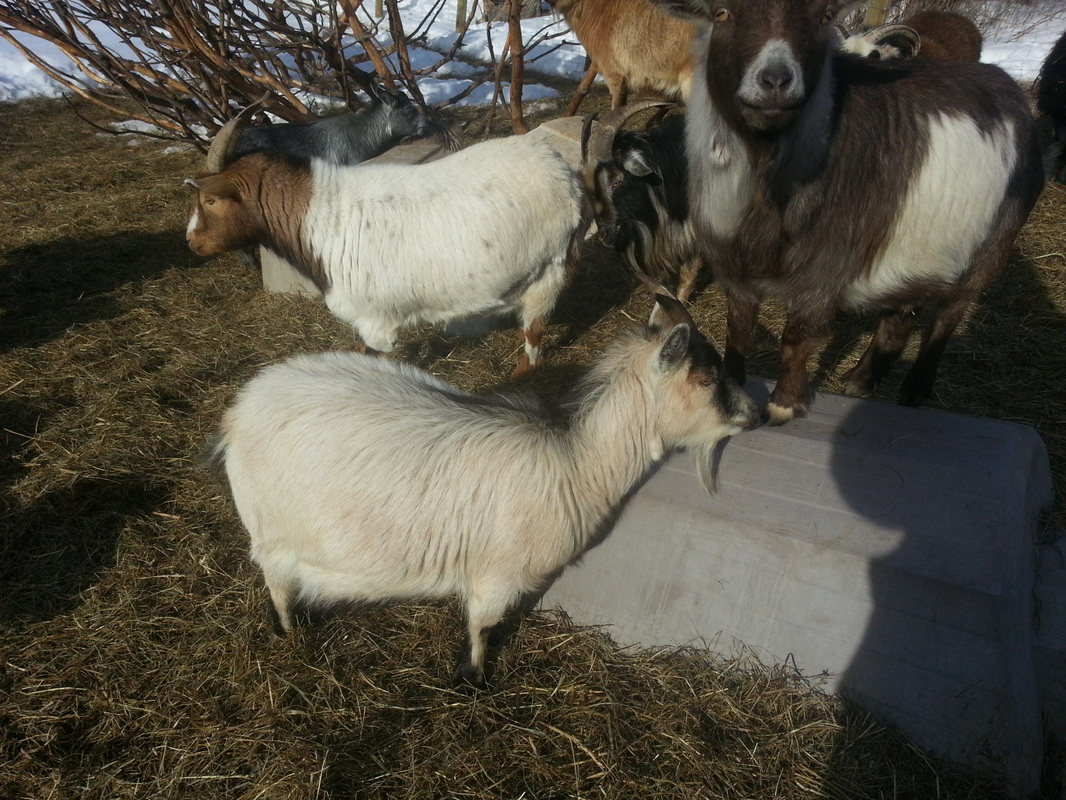
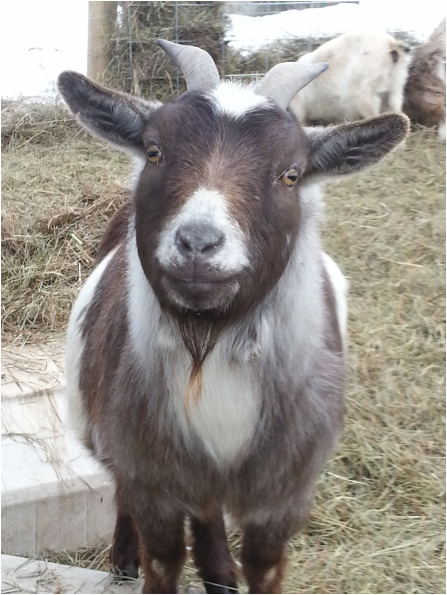

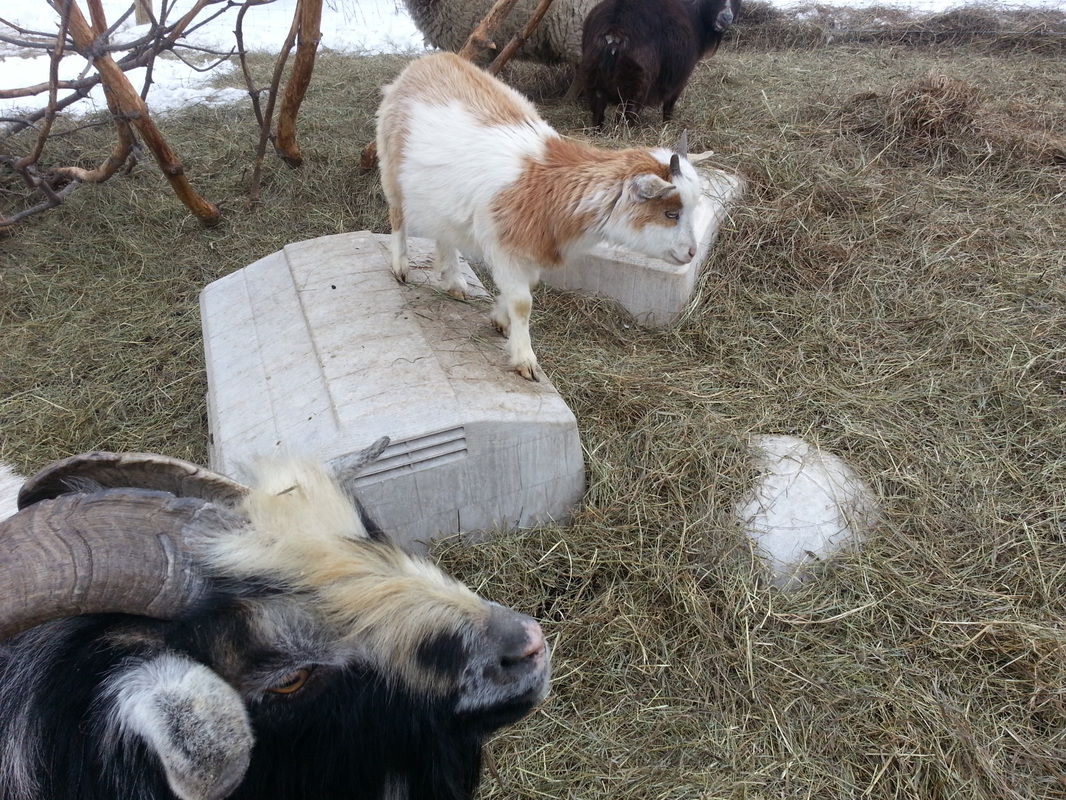
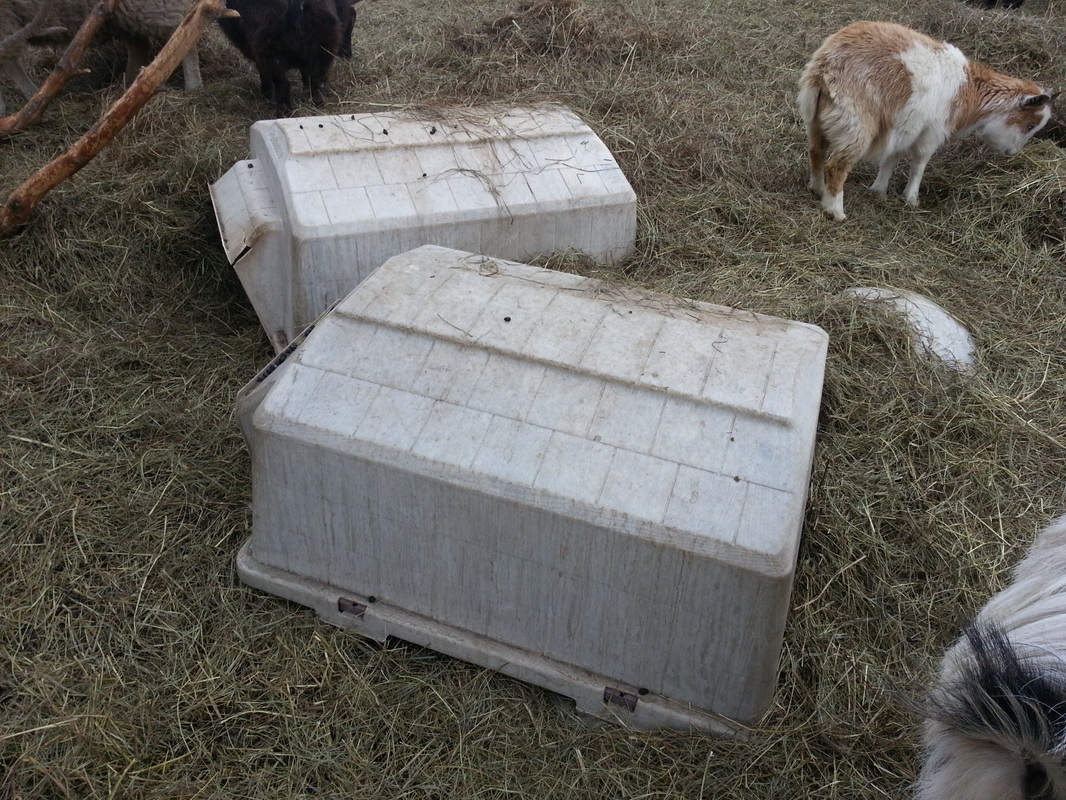
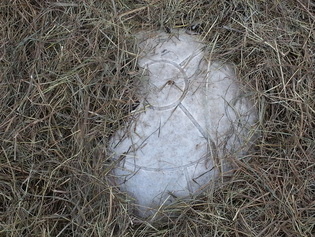
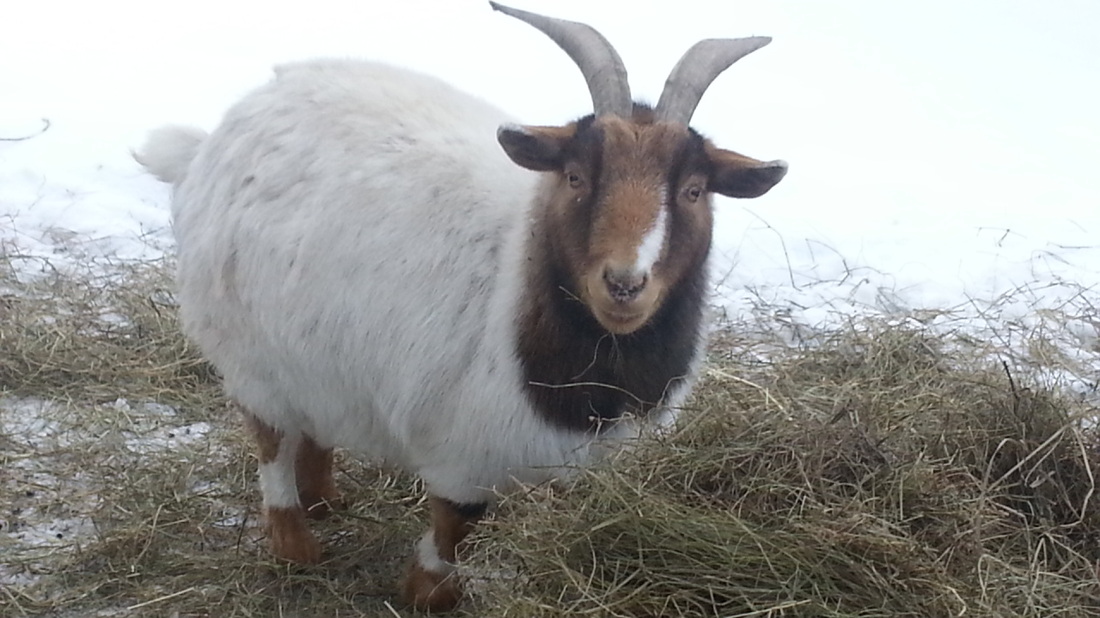

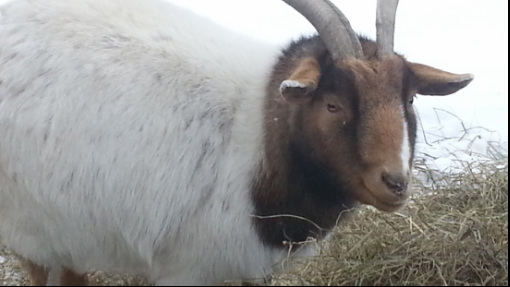
 RSS Feed
RSS Feed